
Natural Sciences Department
Ever since the National Museum of Bosnia and Herzegovina has been established until today, the Department of Natural Science operates through three different departments: Department of Geology, Department of Zoology and Department of Botany.
In its collections, it keeps about 2 million exhibits originating from Bosnia and Herzegovina and other parts of the world. The Department of Botany contains the Botanical Garden and the Herbarium.
The Department of Natural Sciences has 12 permanent exhibitions: Pleistocene and subfossil vertebrates of Bosnia and Herzegovina, Fossils of Sarajevo and its surroundings, The minerals, Exhibition of rocks and ores, The World of Aquatic and Wetland Habitats , Amphibians and reptiles of Bosnia and Herzegovina, Forests of Bosnia and Herzegovina, Exhibition of Invertebrates, Mammals, Birds of Bosnia and Herzegovina, Hoofed animals and ungulates of the world, Zoogeographic exhibition, Rare and endangered plants of Bosnia and Herzegovina.
prirodne.nauke@zemaljskimuzej.ba
Exhibitions
-

Herbarium
-

Amphibians and reptiles of Bosnia and Herzegovina
-
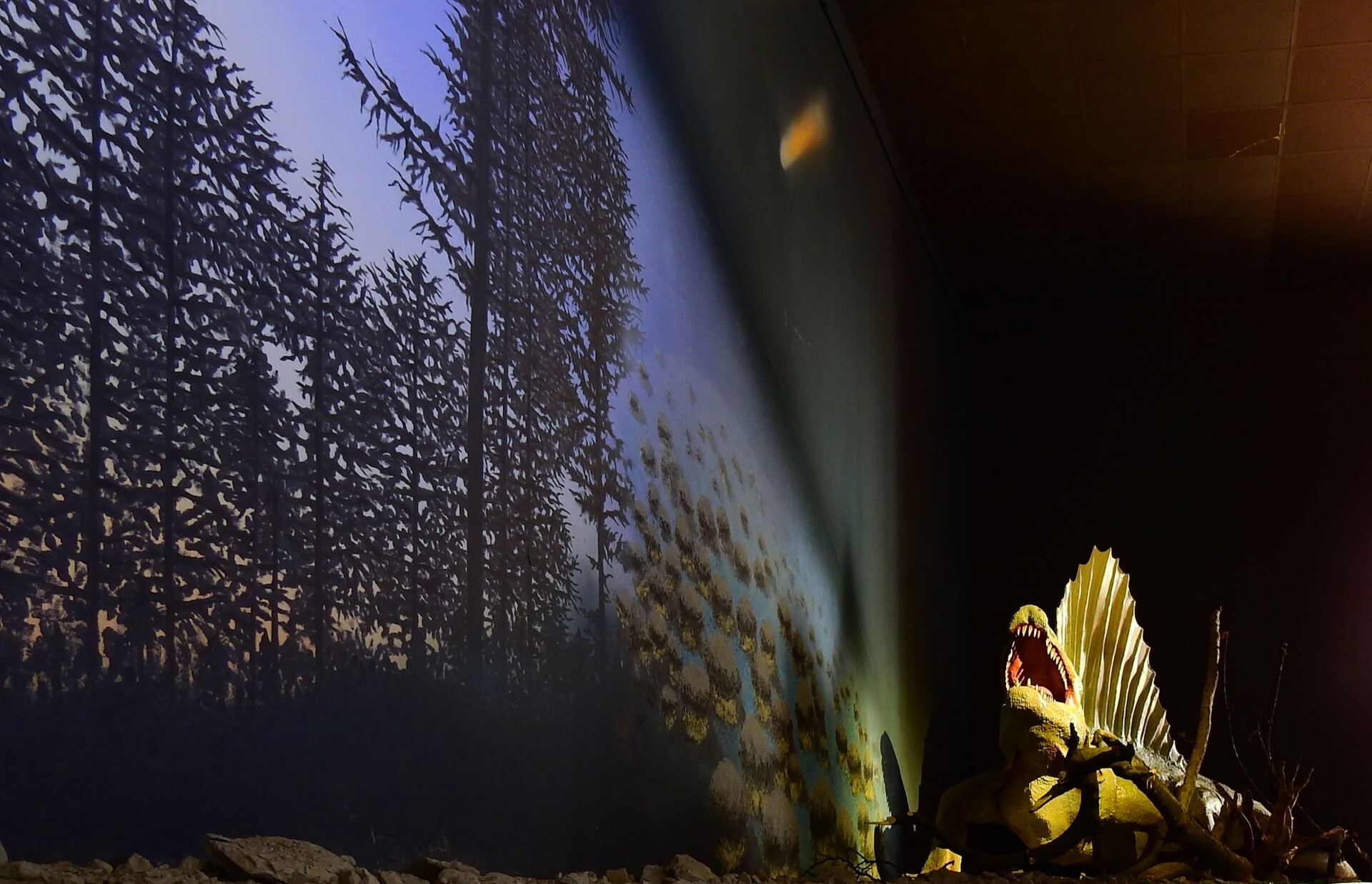
Fossils of Sarajevo and vicinity
-
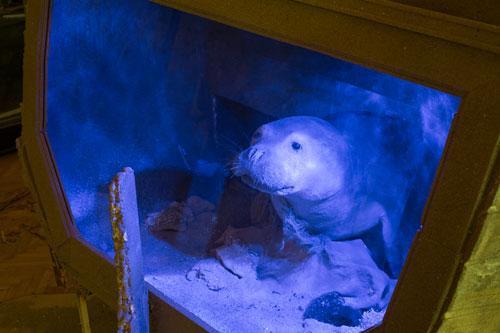
The World of Aquatic and Wetland Habitats
-

Forests of Bosnia and Herzegovina
-
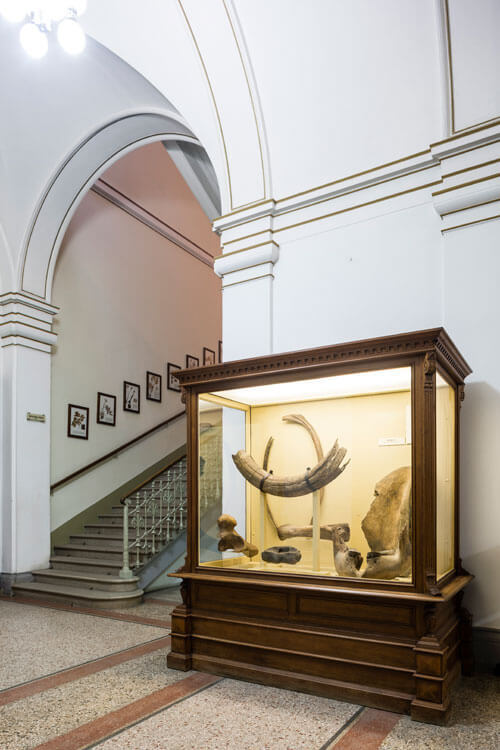
Rare and endangered plants of Bosnia and Herzegovina
-
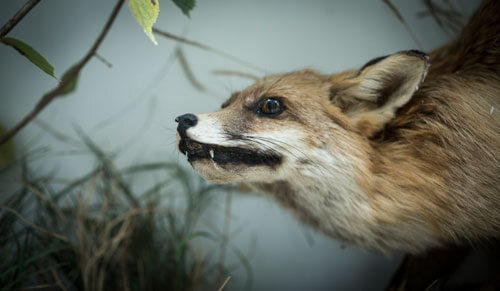
Mammals
-
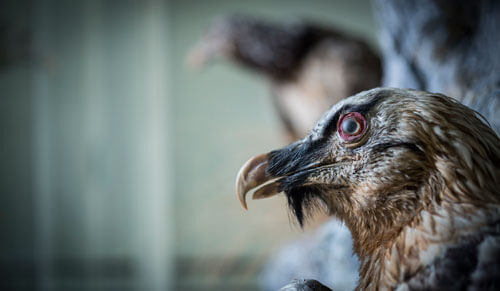
Birds of Bosnia and Herzegovina
-
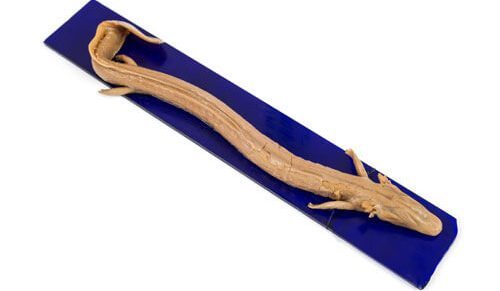
Cave fauna
-
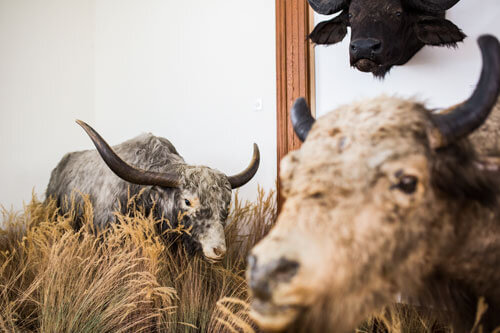
Zoogeographic exhibition
-
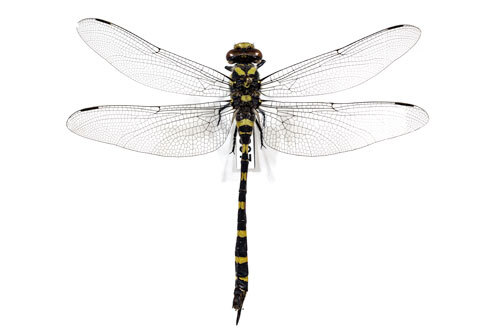
Exhibition of Invertebrates
-

The Botanical Garden
-

Bosnia and Herzegovina during the Ice age
-
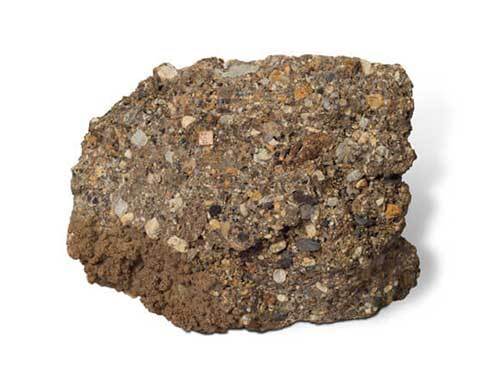
Exhibition of rocks and ores
-
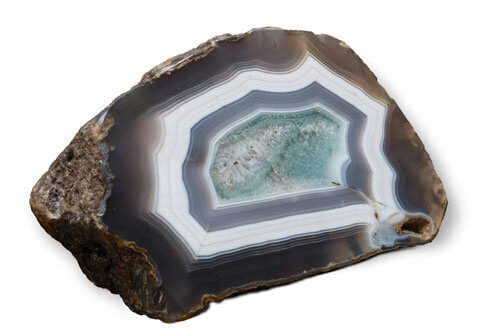
The Minerals
-
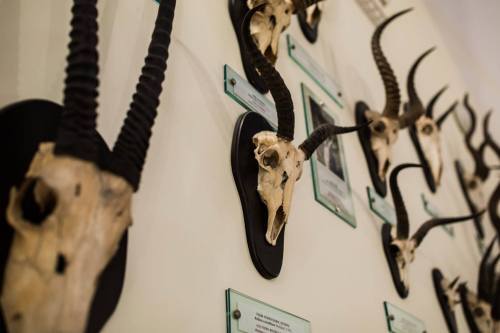
Hoofed animals and ungulates of the world
Items
-
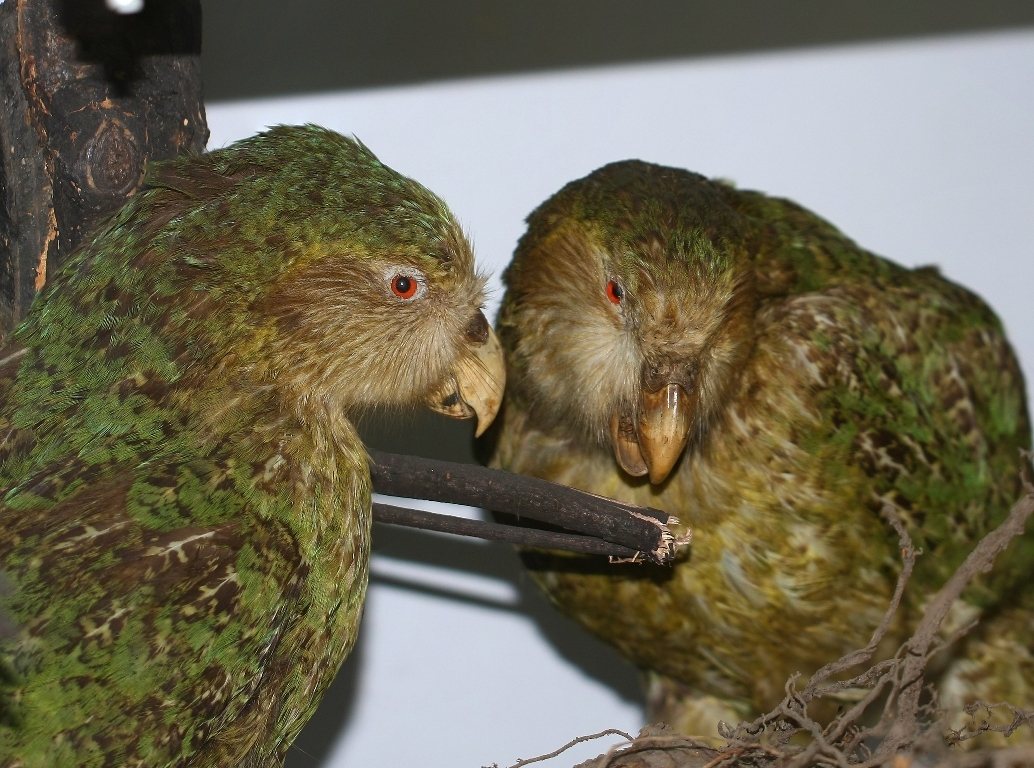
Kakapo – Strigops habroptilus Gray
-
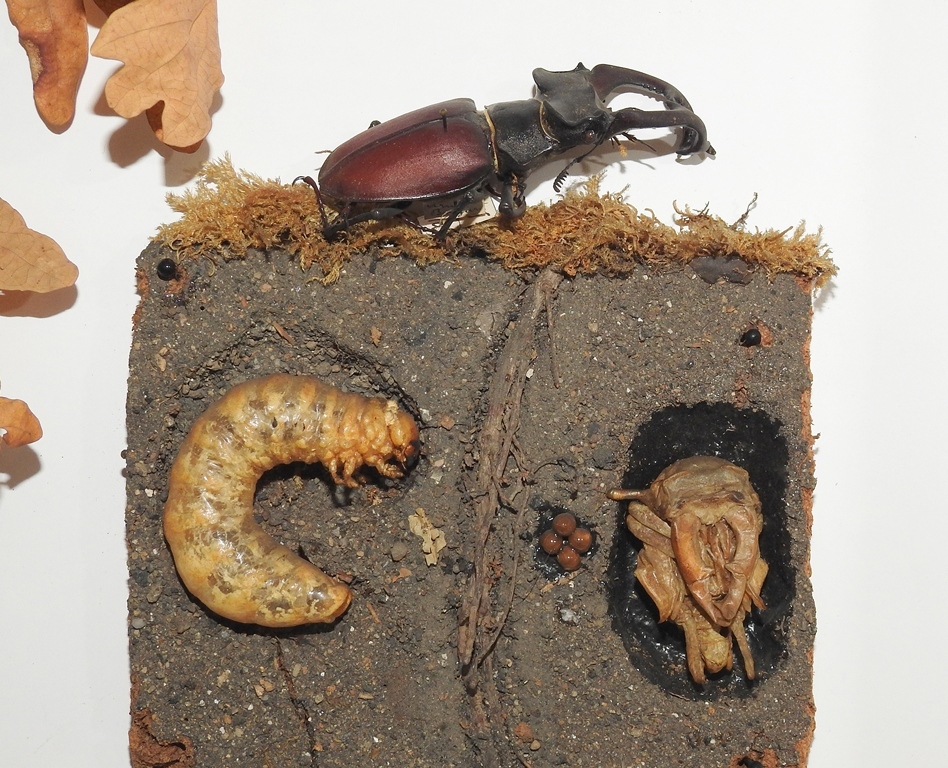
Stag beetle – Lucanuscervus (Linnaeus)
-
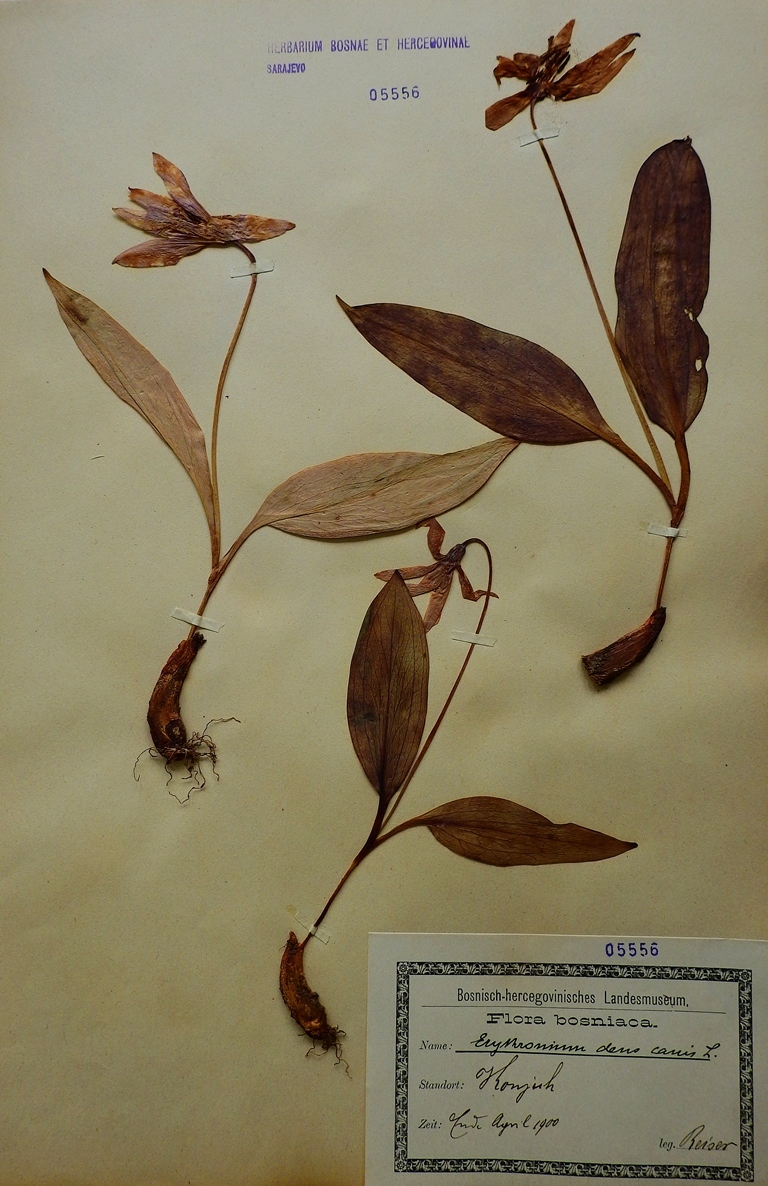
Dogtooth violet, Erythronium dens canis L.
-
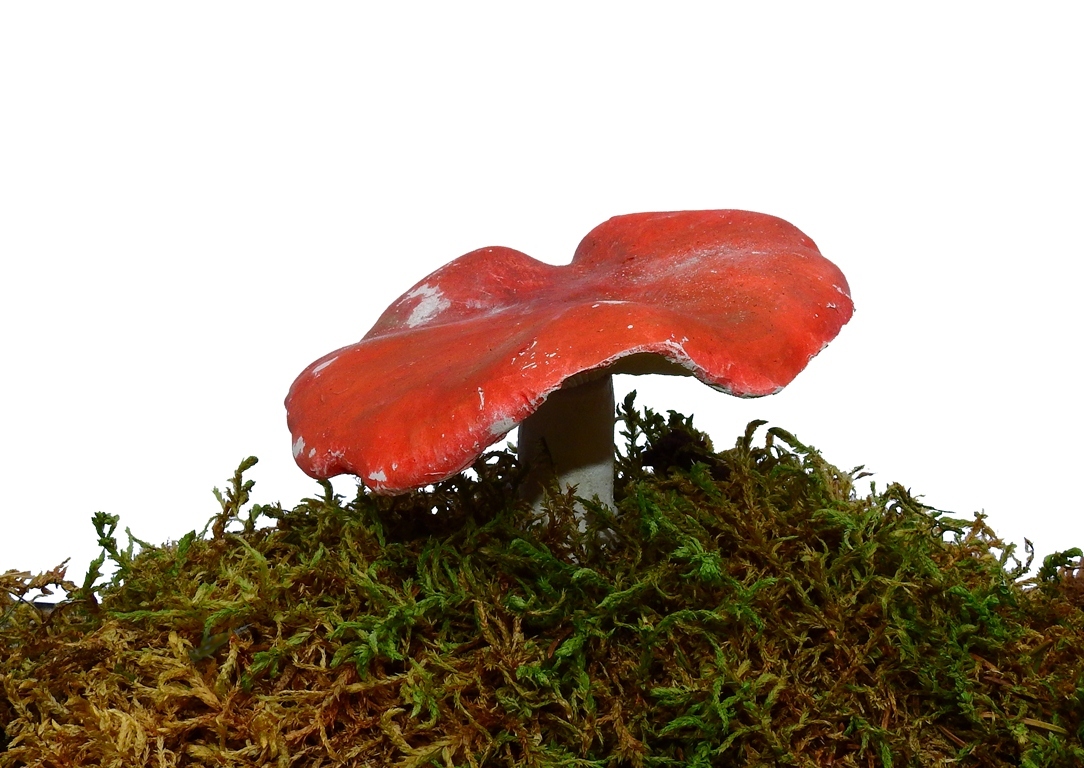
The Sickener russula, Russula emetica Fr
-
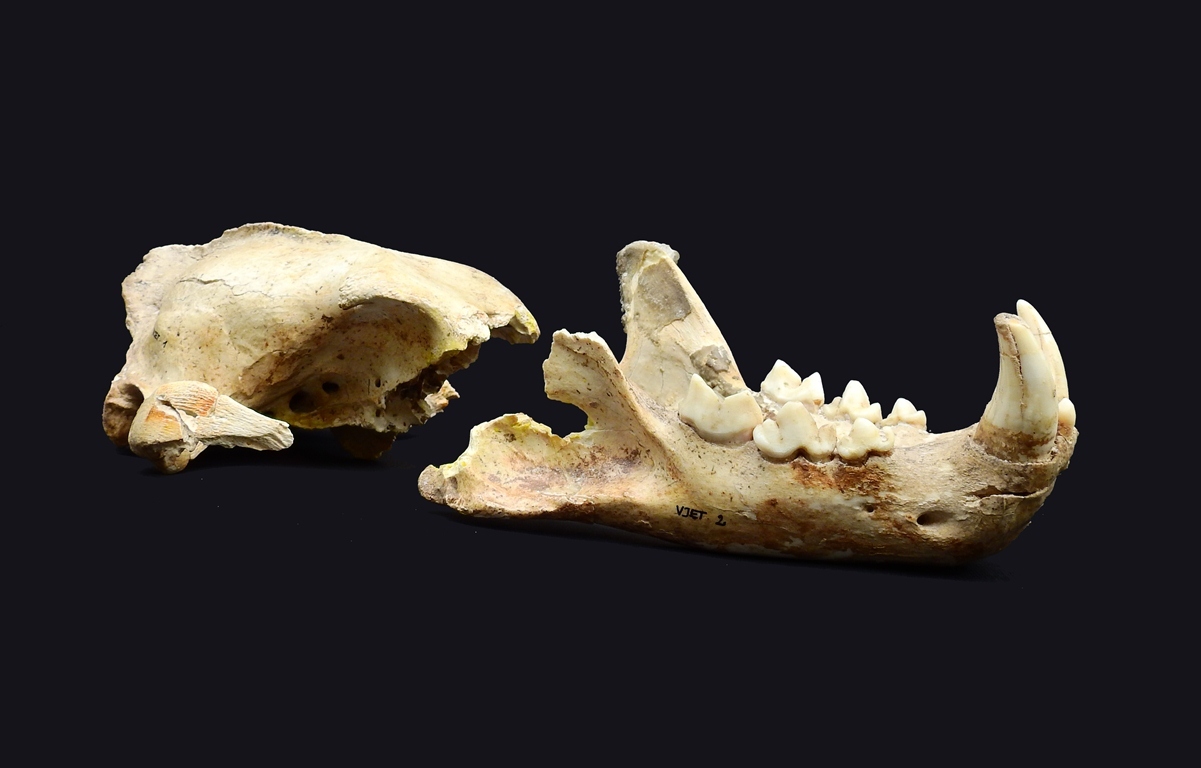
Leopard – Panthera pardus spelaea Bächler
-
Acinos orontius (K. Malý) Šilić
-
Iris reichenbachii Heuffel var. bosniaca G. Beck
-
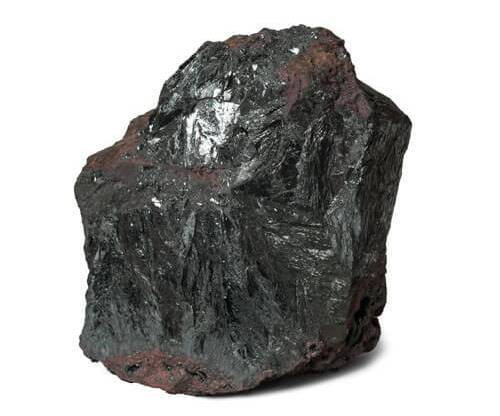
Hematite
-
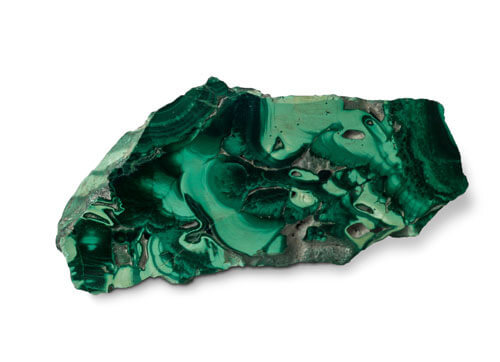
Malachite
-
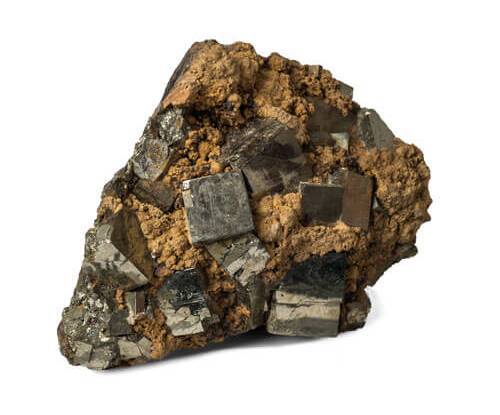
Pyrite
-
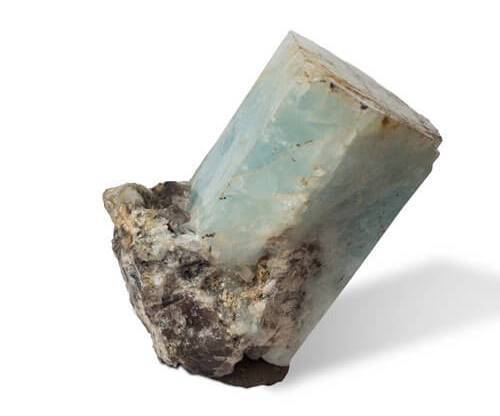
Beryl
-
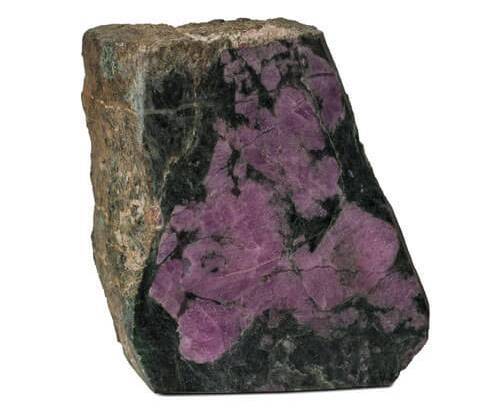
Corundum
-
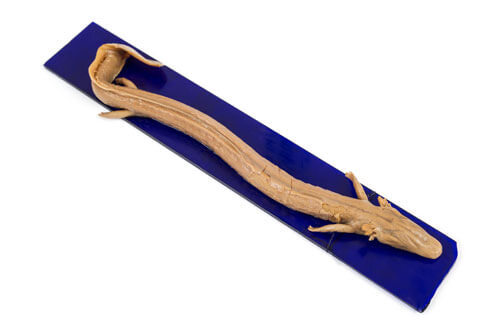
Olm – Proteus anguinus Laurenti
-
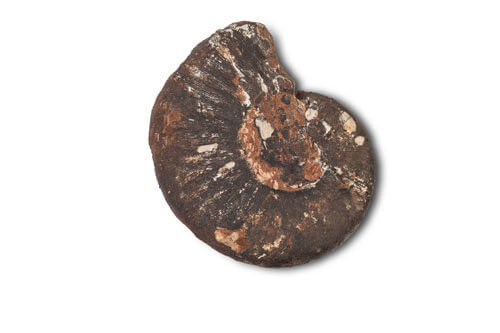
Monopfyllites sphaerophyllus Hauer
-
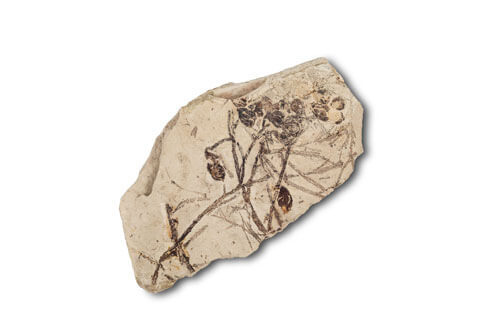
Glyptostrobus europaeus Brongniart
-
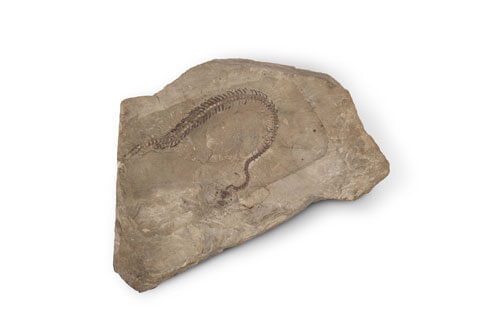
Fossil snake – Mesophis nopcsai Bolkay